
By Jay Landers
Passed a year and a half ago, the Infrastructure Investment and Jobs Act has funded thousands of projects, with many more still to come.
On Jan. 4, President Joe Biden traveled to northern Kentucky, where he gave a speech beside the Brent Spence Bridge, the aging structure spanning the Ohio River between Covington and Cincinnati. The event occurred just days after the governors of the two states announced that the federal government would pay nearly 50% of the estimated $3.6 billion cost to construct a new bridge parallel to the existing span and rehabilitate the existing bridge.
For Biden, the event offered an opportunity to highlight one of the signature achievements of his presidency to date: the passage of the Infrastructure Investment and Jobs Act in November 2021. Also known as the Bipartisan Infrastructure Law, the act provides $1.2 trillion for infrastructure spending over 10 years, including $550 billion in guaranteed spending to be disbursed in the first five years.
The federal funding for the long-delayed Brent Spence Bridge Corridor Project, an effort for which preliminary engineering began in 2005, came from the IIJA, a fact that Biden noted. “For decades, people have talked about the Brent Spence Bridge,” Biden said, according to a transcript provided by the White House. “But, folks, the talking is over. The Bipartisan Infrastructure Law — we’re finally going to get it done,” he said to applause.
Although notable for its size, expense, and national significance, the Brent Spence Bridge Corridor Project is just one of more than 20,000 infrastructure projects that have been awarded funding from the IIJA as of February. In this article, Civil Engineering examines the implementation of the critical law so far and the effects that its unprecedented surge in funding are having on efforts to improve infrastructure across the U.S.
Beyond talk
Opened in 1963, the Brent Spence Bridge is a double-deck structure that has four 11 ft wide lanes and 1 ft wide shoulders on each level. As a conduit for interstates 75 and 71, the bridge plays a key role in supporting local and regional travel and trade, though both have been hampered by increasing traffic congestion in and around the span. Designed to carry about 80,000 vehicles per day, the bridge handles twice that number, according to a fact sheet from the Ohio Department of Transportation and the Kentucky Transportation Cabinet.
In 2012, the Federal Highway Administration within the U.S. Department of Transportation approved a plan to add a companion bridge to the west of the existing structure. However, the project, which also includes the complete reconstruction of 8 mi of interstate approach corridors in Ohio and Kentucky, had languished because of fiscal constraints, says Matt Bruning, the press secretary for ODOT.
“The biggest barrier to fixing the issue has been funding,” Bruning says. “The cost of the project has always been high, and it has continued to grow each year.”
On Dec. 29, Govs. Mike DeWine (Ohio) and Andy Beshear (Kentucky) announced that the Brent Spence project would receive $1.635 billion in federal grants. “Ohio and Kentucky have been discussing the Brent Spence Bridge Corridor Project for almost two decades, and now, we can finally move beyond the talk and get to work,” DeWine said in a same-day news release.
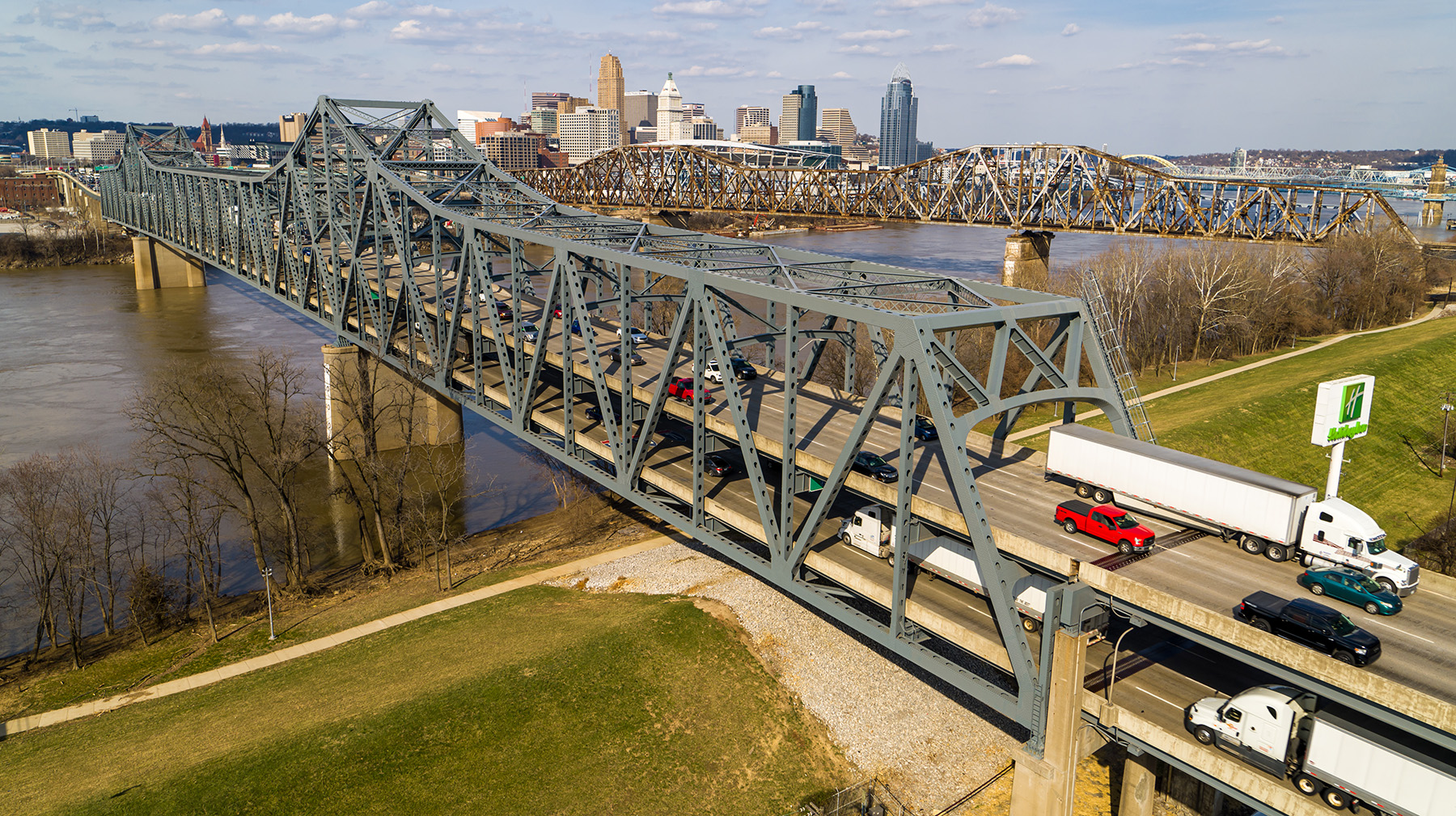
The federal funding consists of $250 million from the National Infrastructure Project Assistance program, which is commonly known as the Mega Program, and $1.385 billion from the Bridge Investment Program, Bruning says. The programs were created by the IIJA. “Getting the federal funding in place was the crucial last piece of the puzzle,” Bruning says. “It allows us to build this monumental project without the use of tolls.”
In February, Ohio and Kentucky jointly issued a request for proposals for companies interested in providing design and construction services for the new bridge, improvements to the existing bridge, and 6 mi of the 8 mi of interstate approach corridors. A team is to be selected in May, and substantial construction is to begin in 2024. Substantial completion is expected in 2029.
Administering the law
Since the passage of the IIJA, the Biden administration has done an “excellent job in terms of administering the law,” says Adie Tomer, a senior fellow with the Brookings Institution, a nonprofit public policy institute. Because much of the funding provided by the law is being disbursed by certain federal agencies through existing formula programs, a key focus of these administrative efforts has involved overseeing the transfer of those funds, Tomer notes. “That money continues to move out the door,” he says.
At the same time, the Biden administration has also performed well with the more complicated task of establishing the multiple new competitive grant programs created by the IIJA, Tomer says. Because of the law, the administration “has been faced with one of the largest rule-making exercises to stand up new competitive programs,” Tomer says. To its credit, the Biden administration “has done a great job standing up those programs and starting to get awards in new programs out the door as well,” he says.
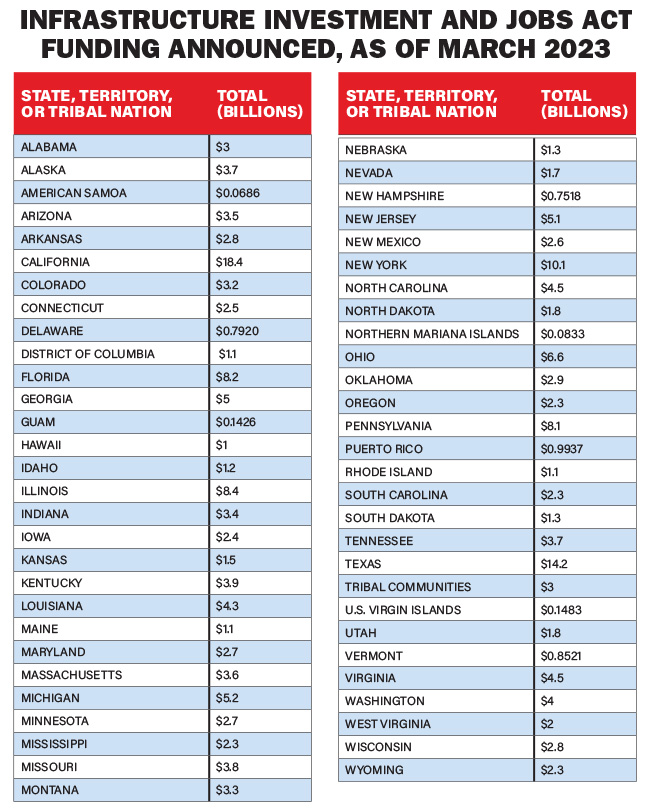
When it comes to implementing the transportation- and transit-related portions of the act, the USDOT “has done an extraordinary job,” says Amy Thompson, the director of public affairs for the American Public Transportation Association.
“Through February, (the USDOT) has distributed all the public transit formula funds and awarded $8 billion of competitive grants for public transit, passenger rail, and multimodal programs,” Thompson says. In addition, the department has almost $22 billion in additional grants for transit, passenger rail, and multimodal projects under review, she says. “In total, (the USDOT) has advanced $30 billion of competitive grants in the first 15 months of the act. That is an incredible accomplishment.”
The transit sector has benefited from the efficiency with which the Federal Transit Administration has discharged its duties under the law, Thompson says. The FTA “has actively implemented both its formula and competitive grant programs,” she says. “These actions have helped public transit agencies take advantage of the historic IIJA investment.”
The FTA has also sought to assist transit agencies in navigating the process of securing grant funding. The administration has “looked for opportunities to simplify the application process, such as through consolidated grant applications, which has been particularly important for smaller public transit agencies,” Thompson says.
A safer street
One agency that is benefiting from IIJA funds awarded by the USDOT is the Alameda County Transportation Commission, a joint powers authority that plans, funds, and delivers transportation programs and projects that expand access and improve mobility in Alameda County, California. In February, the USDOT awarded a $15 million grant to the Alameda CTC to improve safety along San Pablo Avenue, a key multimodal arterial linking the cities of Oakland, Emeryville, Berkeley, and Albany in Alameda County.
The corridor is “one of the most dangerous routes for pedestrians and bicyclists in the county,” according to information about the project provided by the Alameda CTC. The funding originated from the Safe Streets and Roads for All competitive grant program created by the IIJA.
Besides safety, the improvements planned for the corridor encompass “accommodating anticipated growth and augmenting multimodal options to better serve the residents who rely on alternatives to driving while supporting others to switch to more sustainable transportation modes,” according to the Alameda CTC.
Planned projects include “new flashing beacons and pedestrian signals, new bulb-outs, transit stop improvements, enhanced pedestrian lighting, traffic-calming features, and curb ramp upgrades,” the agency notes.
The projects are part of a broader $114 million effort, currently in the environmental and design phase, planned by the Alameda CTC. The IIJA funding will enable the projects “to move into construction immediately following the conclusion of project design,” according to the agency.
Minor hiccups
Not every aspect of the IIJA’s rollout has proceeded without hiccups. In some ways, the structure of the law itself has complicated the process of matching federal funding to available projects. In writing the IIJA, for example, Congress directed the U.S. Environmental Protection Agency to disburse most of the funding for drinking water and wastewater projects by means of the existing Drinking Water and Clean Water state revolving funds.
The two SRFs provide low-interest loans and grants to municipalities and others responsible for projects related either to drinking water or wastewater treatment.
On one level, using the proven, well-known programs for this purpose makes sense, says Tom Dobbins, CEO of the Association of Metropolitan Water Agencies. “The good news is that there was no question about how states would receive funds or how much funding each state would get,” Dobbins says. “Funds are being divided among the states based on the DWSRF distribution formula.”
However, this approach also has led to inefficiencies. “The bad news is also that all the funding is going to states based on this formula that reflects states’ overall drinking water infrastructure need — even the funding dedicated to specific purposes like lead service line replacement,” Dobbins says. “Because the DWSRF distribution formula does not specifically reflect states’ lead service line replacement needs, states with larger lead challenges are not in line to receive a higher proportion of the (Bipartisan Infrastructure Law) funding dedicated to this purpose.”
At the same time, relying on the DWSRF to send IIJA funding to disadvantaged communities had led to “some confusion among states and utilities in how to determine which communities are eligible to receive additionally subsidized funds because they are ‘disadvantaged communities,’” Dobbins says.
“IIJA sets aside 49% of the law’s DWSRF funds to benefit disadvantaged communities, but there is no consistent definition of who qualifies — instead each state makes its own definition. This has meant that a community that may not qualify for the additional funding in one state would have qualified if it was located in another,” explains Dobbins.
“AMWA had urged EPA to establish a consistent standard of which communities would be eligible for this additional disadvantaged community assistance, but instead the agency only encouraged states to review their own definitions to help more communities qualify,” Dobbins says. “Some states have done this, but others have not.”
Funding for Philadelphia
Although the situation is frustrating, the law itself remains a success, Dobbins maintains. “While we would have liked to see more consistency and clarity in how disadvantaged communities are defined, overall the law still represents a great opportunity to make a meaningful investment in our water infrastructure,” he says.
Dobbins also credits the EPA with doing a good job of overseeing the flow of IIJA funds to the states. The agency “has been working hard to coordinate with states to manage the delivery of funds through the SRF program,” he says.
As an example, the White House announced in early February that the Philadelphia Water Department would receive $160 million in SRF funding to upgrade facilities at its Baxter Drinking Water Treatment Plant and replace more than 19 mi of water mains and the lead service lines and connections along the mains. Separately, a $19 million loan, the first installment of a $340 million low-interest loan to the Philadelphia Water Department from the EPA’s Water Infrastructure Finance and Innovation Act program, will finance the replacement of another 15 mi of water mains and approximately 160 lead service lines in the city.
For Philadelphia, the funding “represents the biggest investment in drinking water infrastructure in a generation, and we would not be able to do this work without this level of federal investment,” said Randy Hayman, the commissioner of the Philadelphia Water Department, in a Feb. 4 news release.
In some cases, Congress has hamstrung the implementation of water-related grant programs created by the IIJA by failing to fund them. The law “authorized 20 new targeted water grant programs,” Dobbins notes. In his budget request for fiscal year 2023, Biden “sought funding for all of them,” he says. “However, the final FY ’23 EPA appropriations bill approved by Congress only included funding for four of the new water programs.”
One of the funded programs is the Midsize and Large Drinking Water System Infrastructure Resilience and Sustainability Program, which helps drinking water systems pay for projects to address extreme weather and cyber threats. A water data-sharing pilot program and a grant program to help underserved communities meet Safe Drinking Water Act requirements are among the IIJA-authorized water infrastructure programs that are still awaiting funding, Dobbins says.
Faster completion
The IIJA provided $8.3 billion to the Bureau of Reclamation within the U.S. Department of the Interior. Of this amount, $1 billion is dedicated to seven rural water projects that Congress had authorized before July 1, 2021.
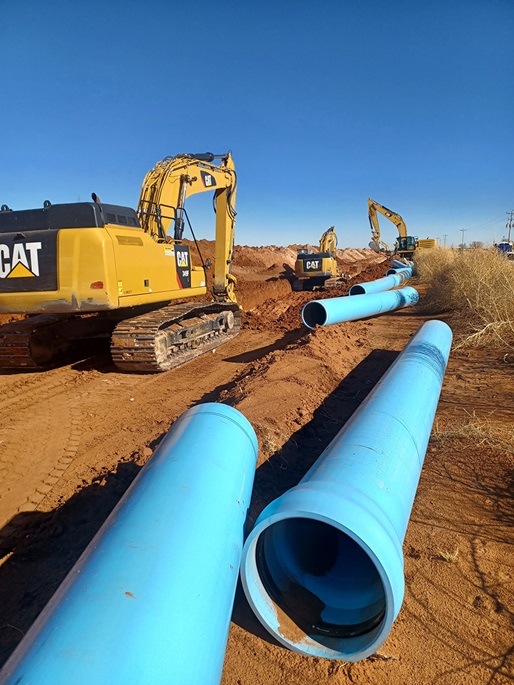
One of the funded programs is the Eastern New Mexico Rural Water System, a $934 million effort to provide surface water from the Ute Reservoir on the Canadian River in northeastern New Mexico to the New Mexico towns of Texico, Clovis, Portales, and Elida; unincorporated areas in Roosevelt and Curry counties; and Cannon Air Force Base, which is near Clovis. All told, the project will serve approximately 70,000 people. The federal government will shoulder 75% of the project costs, while the state will cover 15%, and local governments will pay the remaining 10%.
For decades, eastern New Mexico has relied on groundwater from the Ogallala Aquifer, the vast underground water body stretching from north Texas to southern South Dakota. However, decades of intensive pumping have significantly lowered the Ogallala, which recharges very slowly, raising questions about the long-term reliability of the aquifer as a water source for the region.
Against this backdrop, the communities to be served by the Eastern New Mexico Rural Water System “knew decades ago that they needed to do something to help them move into the future with regard to water,” says Orlando Ortega, the administrator of the Eastern New Mexico Water Utility Authority, which is responsible for the system. “This project has been going on for decades.”
Federally authorized in 2009, the Eastern New Mexico Rural Water System includes a 28 mgd intake structure and pump station to divert surface water from Ute Reservoir, a 28 mgd raw water booster pump station, a water treatment facility, a finished water pump station, and approximately 120 mi of transmission pipeline and laterals.
In 2016, construction was completed on the intake structure, while 7.5 mi of finished water pipeline between Clovis and Cannon Air Force Base was completed in 2021. All other project components are either under design or construction. Jacobs is conducting design and engineering for the overall project.
In FY 2022, the project received $177.4 million in federal funding, of which $160 million was provided by the IIJA. In FY 2023, the project will receive another $94.1 million in IIJA funds, Ortega says.
Before the passage of the IIJA, federal funding for the project was slow to materialize, Ortega says, and his organization expected that the project would not be completed until 2043. That has changed significantly following the recent infusions of federal spending. “Now we have a goal of completing this project by the end of this decade,” he says. As a result, “we will see significant savings not only in time but also in cost,” Ortega notes. “Plus, it will also bring relief to the member communities with their water needs.”
Jump-starting dam safety
Under the IIJA, Reclamation also is slated to receive $500 million over five years for its Safety of Dams Program. In March 2022, Reclamation announced that the first $100 million of this funding would be used to help pay for modifications to the B.F. Sisk Dam, a more than 3.5 mi long, 382 ft high earthfill embankment structure in California’s Central Valley. Completed in 1967, the dam impounds the San Luis Reservoir, which has a total capacity of more than 2 million acre-ft, making it the largest offstream reservoir in the U.S.
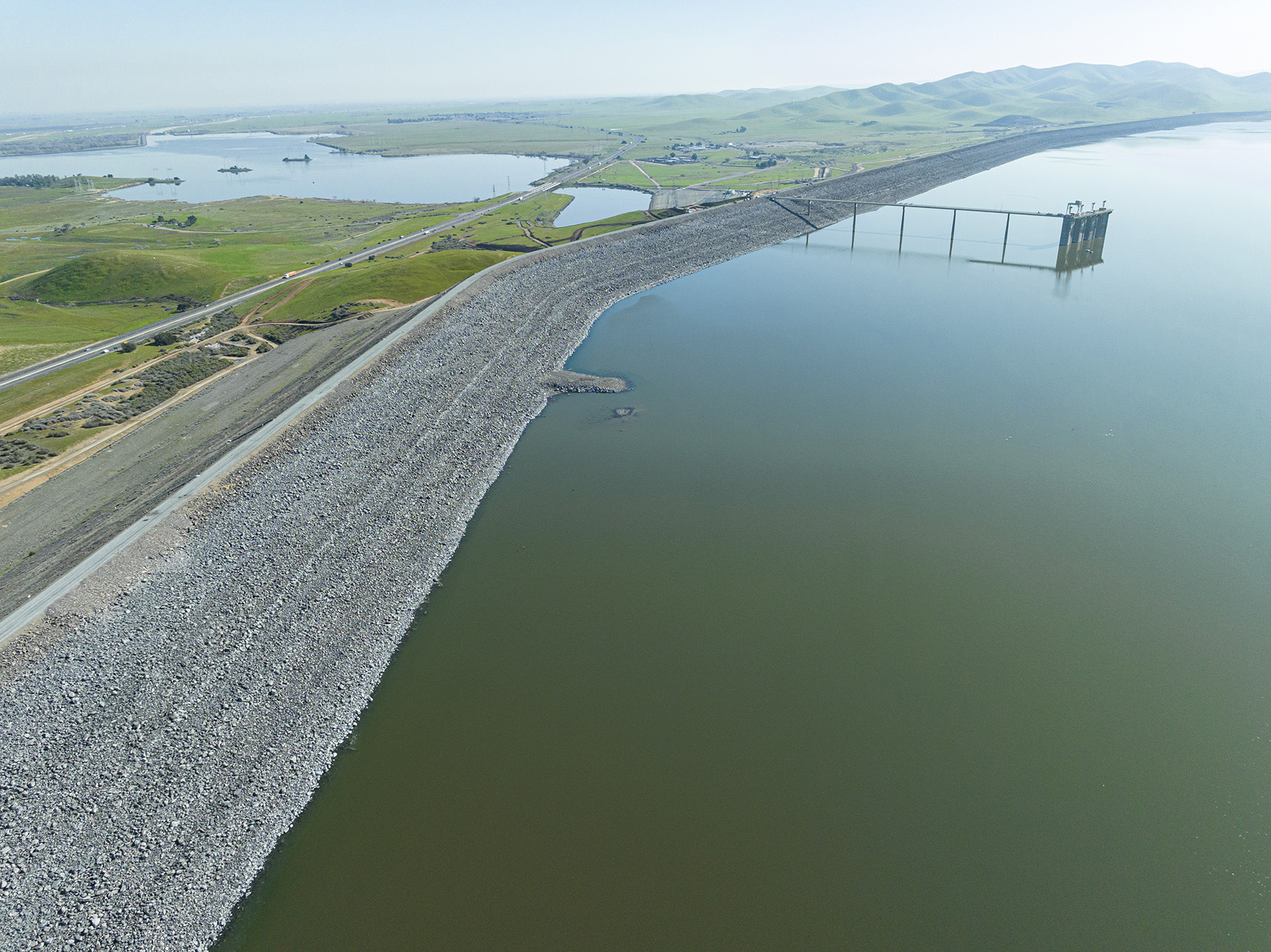
Owned by Reclamation, B.F. Sisk Dam is operated by the California Department of Water Resources. Of the water impounded in the San Luis Reservoir, 55% is allotted to California’s State Water Project and 45% is allotted to the federal Central Valley Project, both of which collect and convey water for municipal, agricultural, and industrial purposes throughout the state.
In 2019, Reclamation and the DWR announced plans to move forward on an estimated $1.1 billion seismic upgrade of the dam. Designed by Reclamation’s Technical Services Center, the project involves adding stability berms and other dam safety features to the existing dam and raising its crest by 10 ft. The latter modification is intended to reduce the likelihood of overtopping if a large earthquake were to cause the dam to slump.
Construction will be conducted in three phases, the first of which began in June 2022 and entails upgrades to the spillway and the removal of weak foundation materials known as slope wash from three sections of the bottom of the dam. Following removal of the slope wash, heavier rock fill will be placed at the dam’s downstream toe to strengthen its base and improve stability. Scheduled to be completed by the end of 2024, the work is being performed by NW Construction Inc., says Mary Lee Knecht, a public affairs officer for Reclamation’s California-Great Basin regional office.
The IIJA funds expedited the start of construction on the project, Knecht says. The $100 million from the law “helped to jump-start the project and provide certainty for funding for the first construction contract,” she says.
Phase 2 of the project will include “construction of additional berms and a shear key plus development of additional borrow areas,” Knecht says. The construction contract for phase 2 is expected to be awarded in 2025. The construction for phase 3, which includes raising the dam, is scheduled to be awarded in 2028.
Faster flood protection
Another major project that stands to benefit from the influx of IIJA funding is the Southwest Coastal Louisiana Project, an estimated $4.1 billion effort by the U.S. Army Corps of Engineers and the Louisiana Coastal Protection and Restoration Authority to implement storm-risk reduction and ecosystem restoration measures in the low-lying Louisiana parishes of Cameron, Calcasieu, and Vermilion.
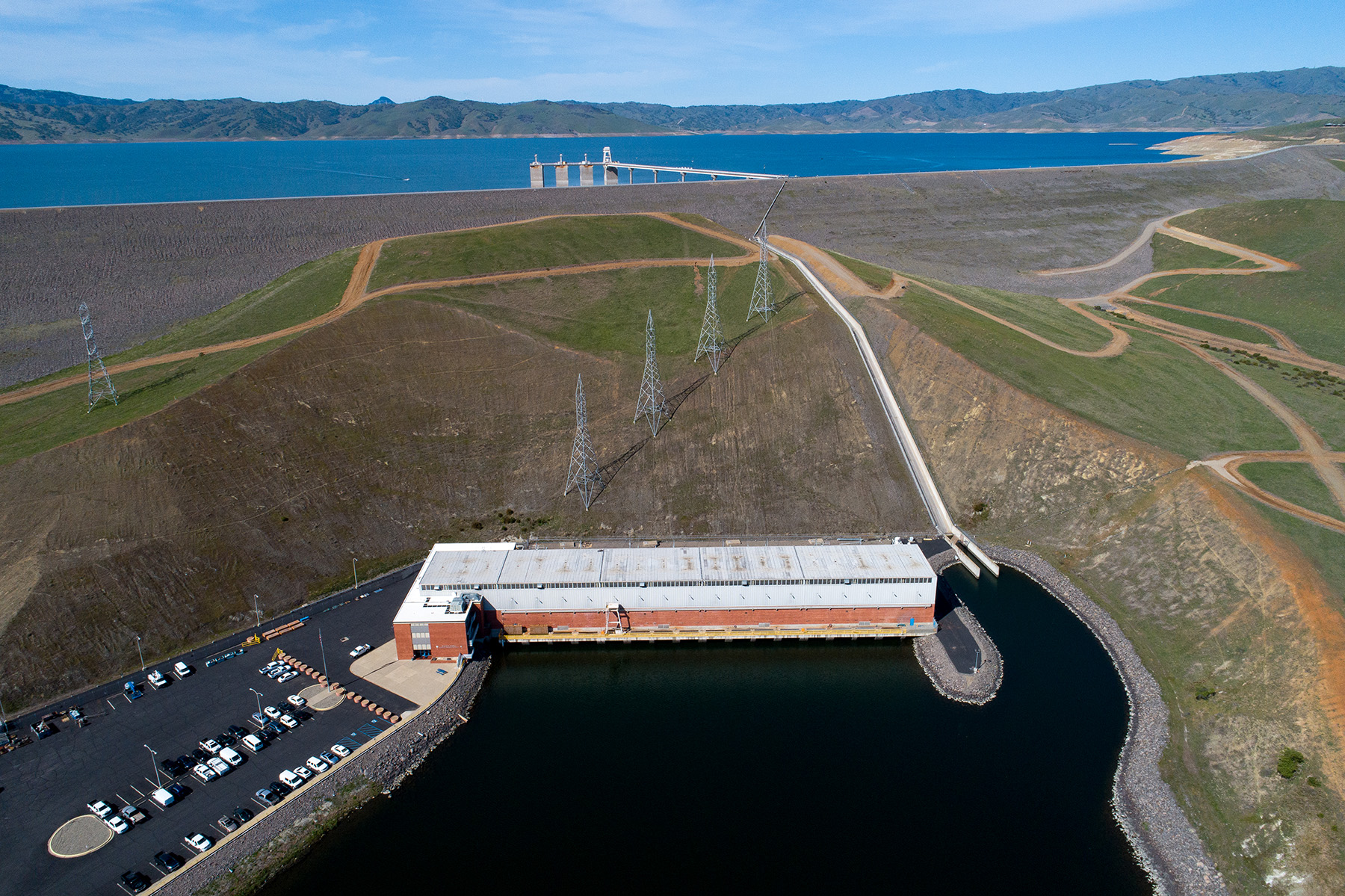
Authorized by Congress in 2016, the project will provide nonstructural measures to protect nearly 4,000 structures from flooding. Mostly residences, the structures that qualify for the project will be elevated to the 100-year base flood elevation that is projected for the year 2075. In other cases, structures will be floodproofed.
As of February, the project had received $286 million in funding from the IIJA, says Darrel Broussard, the senior project manager for the New Orleans District of the Corps. These funds were specifically earmarked to be used for the structural elevation and floodproofing efforts and not the ecosystem restoration plans that are also called for as part of the project.
The Corps and the Louisiana Coastal Protection and Restoration Authority are negotiating a project partnership agreement, which is expected to be executed around May, Broussard says. After the completion of this step, additional preconstruction surveys will be conducted, likely beginning in June. “Physical construction is anticipated on or about May 2024 following solicitation and award of a design-build contract,” he says.
The money provided by the IIJA will go a long way toward expediting the project. “The IIJA funding is the first allocation of construction funds and will allow the project to initiate construction,” Broussard says.
Compliance concerns
One aspect of the IIJA that has some infrastructure advocates nervous is the section of the law known as the Build America, Buy America Act. In a bid to boost domestic manufacturing, the BABAA requires that practically all federally funded infrastructure projects use only iron, steel, manufactured products, and construction materials made in the U.S.
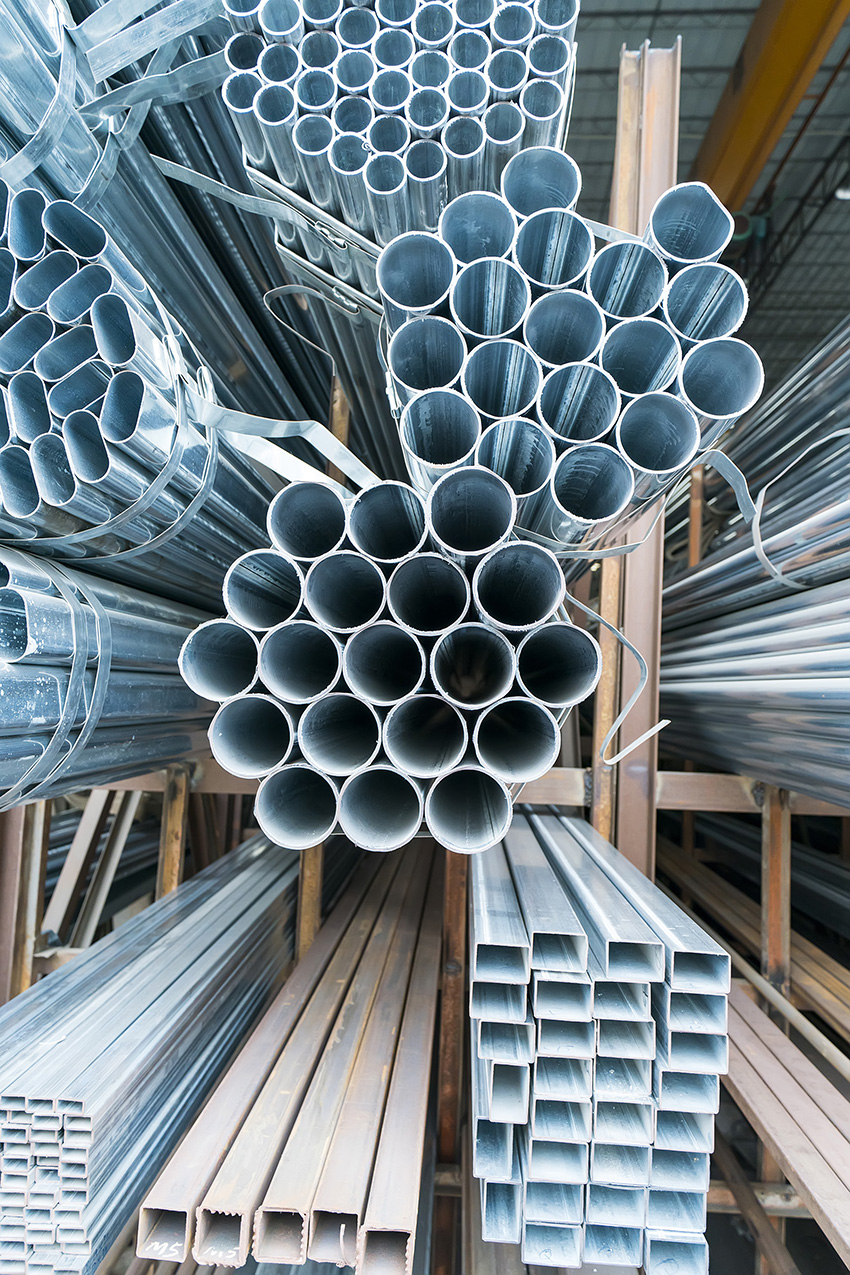
Under the BABAA, many federal agencies were directed to ensure that “none of the funds made available for a federal financial assistance program for infrastructure … may be obligated for a project unless all of the iron, steel, manufactured products, and construction materials used in the project are produced in the United States,” according to the law.
For iron or steel products to comply, the BABAA stipulates that “all manufacturing processes, from the initial melting stage through the application of coatings,” must have occurred in the U.S.
For manufactured products to comply, the cost of their components “that are mined, produced, or manufactured in the United States (must be) greater than 55 percent of the total cost of all components of the manufactured product, unless another standard for determining the minimum amount of domestic content of the manufactured product has been established under applicable law or regulation,” the law states.
In the case of construction materials, “all manufacturing processes for” a particular material must have occurred in the U.S., according to the law. In addition to steel, iron, and manufactured products, other examples of construction materials the law cites include “non-ferrous metals, plastic and polymer-based products (including polyvinylchloride, composite building materials, and polymers used in fiber optic cables), glass (including optic glass), lumber, and drywall.”
However, the BABAA specifically defines the term “construction materials” so as to exclude “cement and cementitious materials; aggregates such as stone, sand, or gravel; or aggregate binding agents or additives,” according to the law.
The BABAA allows federal agencies to waive the Buy America requirements in three situations. According to the act, exemptions occur when:
- Applying the domestic content procurement preference would be inconsistent with the public interest.
- Types of iron, steel, manufactured products, or construction materials are not produced in the United States in sufficient and reasonably available quantities or of a satisfactory quality.
- The inclusion of iron, steel, manufactured products, or construction materials produced in the United States would increase the cost of the overall project by more than 25%.
Even sectors that have had to comply with similar requirements previously are worried about how the BABAA requirements will affect them. “All Federal Transit Administration and Federal Railroad Administration programs included stringent Buy America requirements prior to enactment” of the BABAA, Thompson says. The law “expanded these requirements to include construction materials,” she says.
“APTA strongly supports Buy America but is very concerned that the Biden-Harris administration has not provided the necessary guidance to implement this significant change to Buy America requirements. The lack of guidance presents a significant risk to IIJA implementation,” Thompson says.
The drinking water sector likewise has concerns about the BABAA requirements. “We expect this to be a significant challenge for water systems in the years ahead,” Dobbins says. “IIJA broadly expanded Build America, Buy America requirements to cover manufactured products used in water treatment operations, beyond only iron and steel products.
“The problem is that there are many specialized components and technologies that are needed for drinking water treatment operations, and many of them may not be domestically produced. These may include certain membranes, computer and electrical equipment, and ion-exchange resin,” notes Dobbins.
While the law does provide for waiver processes, agencies having to navigate these processes will spend a lot of time and money doing so, according to Dobbins. “AMWA and others have urged EPA and (the Office of Management and Budget within the White House) to provide a broad general applicability waiver for manufactured products needed for water infrastructure projects, but (they have) not done so.”
Ultimately, the combination of the BABAA requirements and the ongoing supply chain problems could hamper efforts to improve the nation’s infrastructure, Tomer says. “The parts to watch out for are going to be where there are Buy America provisions and there are constraints on the domestic supply chain that are going to lead to higher costs for projects,” he says. In such cases, “it could limit the amount of projects that are completed, and it could put pressure on public budgets, specifically state and local needs for matching.”
Such concerns aside, the IIJA remains the most significant source of federal support for infrastructure in a generation, a source that has only just begun to spread its largesse. As federal agencies continue to ramp up their efforts to dispense the record funding provided by the law, civil engineers and others are well positioned to engage in projects — both large and small, urban and rural — that will shape the fabric and functions of U.S. society for decades to come.
Jay Landers is a contributing editor to Civil Engineering Online and editor of One Water News.
This article first appeared in the May/June 2023 print issue of Civil Engineering as “Infrastructure Improvements, Expedited.”
Visit ASCE’s Infrastructure Investment and Jobs Act Implementation Resource Center to track implementation of the IIJA.



